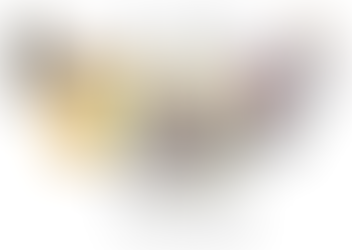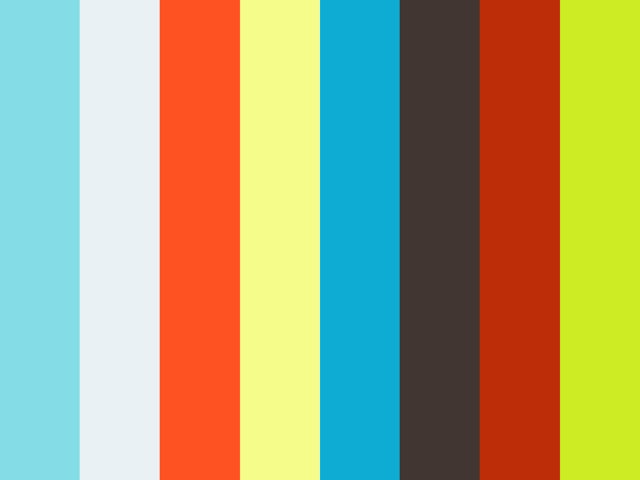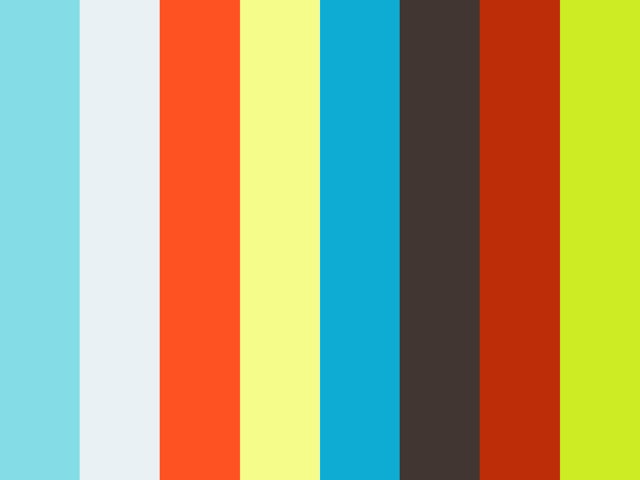Richard Billingham: Ray's a laugh and zoo
- Jodie Hirst
- Feb 1, 2016
- 3 min read
In today lecture we looked at the works of Richard Billingham, a photographer that was mentioned briefly in the first lecture of the 3 photography lectures. I looked into the work that was mentioned, his family photographs and commented on how I thought they were trying to represent the normal family, the things you don’t see and don’t desire to see. However that’s observation was made when I didn’t know the context behind it, my thought was at first glance. I found todays this series of documentary photographs was called 'ray's a laugh'. We explored deeper into its meaning by looking at another piece of work by Richard Billingham himself called zoo. The two bodies of work can be are linked.
Compton Verney is grade 2 listed building; it was converted into an art gallery and in 2006 held an exhibition in which it presented the works of Richard Billinghams 'Zoo'. What made this piece so unique was that it was the only piece that focused on video work and colour photograph. For two months Richard provided the gallery with a virtual zoo, large screen colour videos of zoo animals in captivity from all around the world. Initially I failed to see why this was such a ground breaking exhibition, the videos seemed simple, of animals not doing very much, I later learned why this was...
The documentary photos of Richard Billinghams own family were published in the book 'ray's a laugh' hence the name. The photos were on show at Tate Liverpool’s exhibition where they were displayed opposite Willie Doherty’s photos, this was because there was a difficulty to locate them and engage critically with the conventions of a documentary series of photos. Martha Rosler disapproves of the series of family photographs. In her series that we looked at in the first week, it seems she is against exploitation of the drunks in Richards photos and instead indicated it with words.

The link between the two comes when the analogy came that Billingham’s family live like animals, its a false analogy however one that people may take on.
The 'Zoo' work was inspired when Billingham took on an experiment. he placed a lion in a cage and let people walk past him, in a zoo like condition. the people would stand and look but the lion would do little of interest even in the presence of children, Richard found that this was a lot like an art gallery situation. The cage around the animal is a frame, the animal itself it that art and the humans wonder from painting to painting. The idea is that with the images and videos of animals in captivity they can be compared to us and humanistic behaviours. For example in the image above, the hippo in this situation could be compared to the concentration camps of the holocaust, but in fact that would be completely wrong.

In turn it means that because we see the family at the subject and exploitation in rays a laugh, we start to forget about the animals in the picture and the relationship we have with them. Instead of having them for purposes or security, they are not for pleasure and loving.

I understand why Marther would think the exploitation of Richard’s family is horrific, because it shows people in a light that they may not desire to be seen like, behind closed doors and in the comfort in their own home, Marther in her work prefers to use exploitation as a hint in her work and backed up in her text. However I think Richard Billingham is onto something in these two works, our relationship with animals has changed in a caring way, they are now companions not there for a use. I would not have seen this link but thinking about it and my initial reaction is that it has a valid point about how humans and animals act towards each other we may not want to exploit but is there.





















Comments